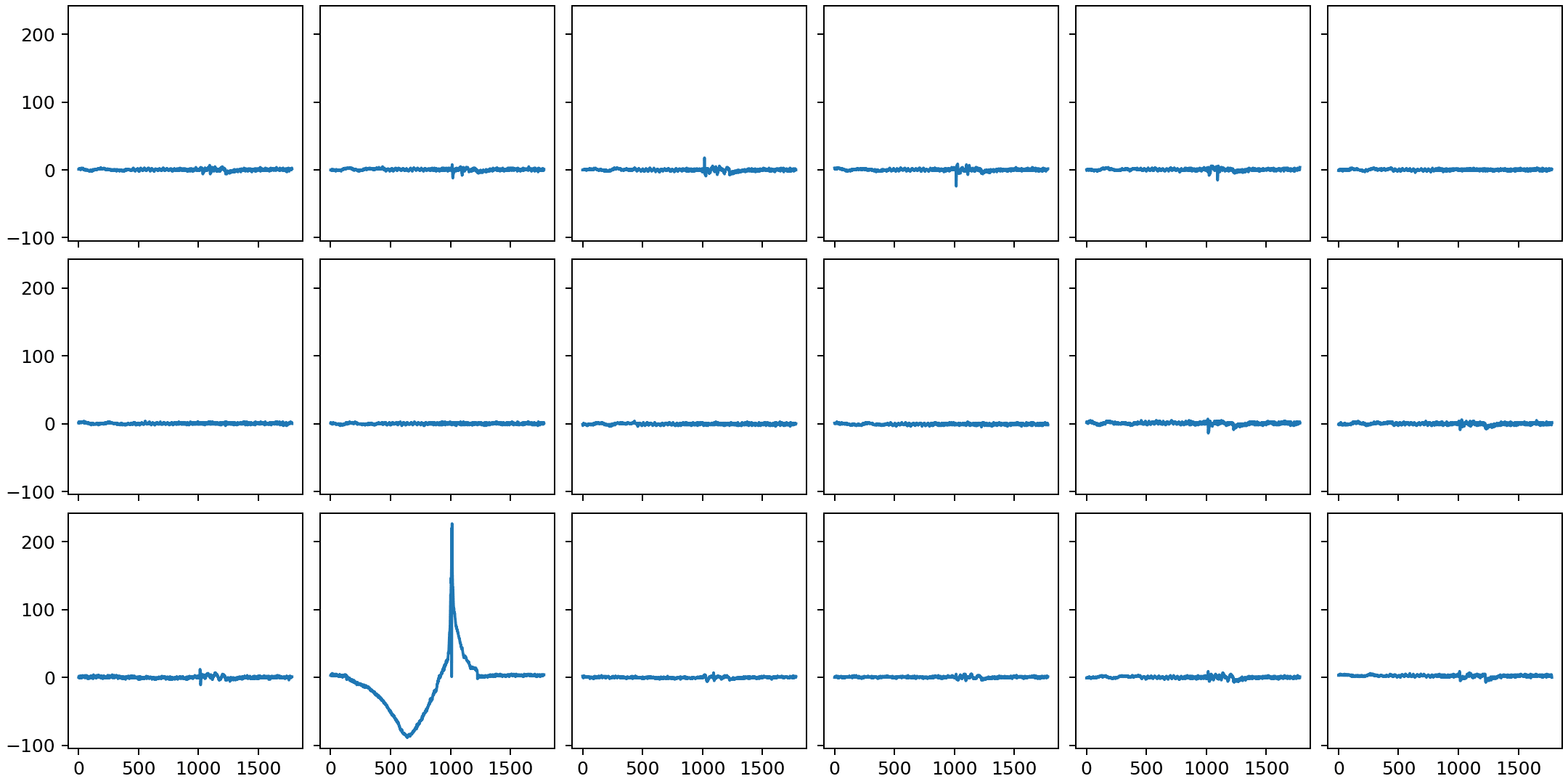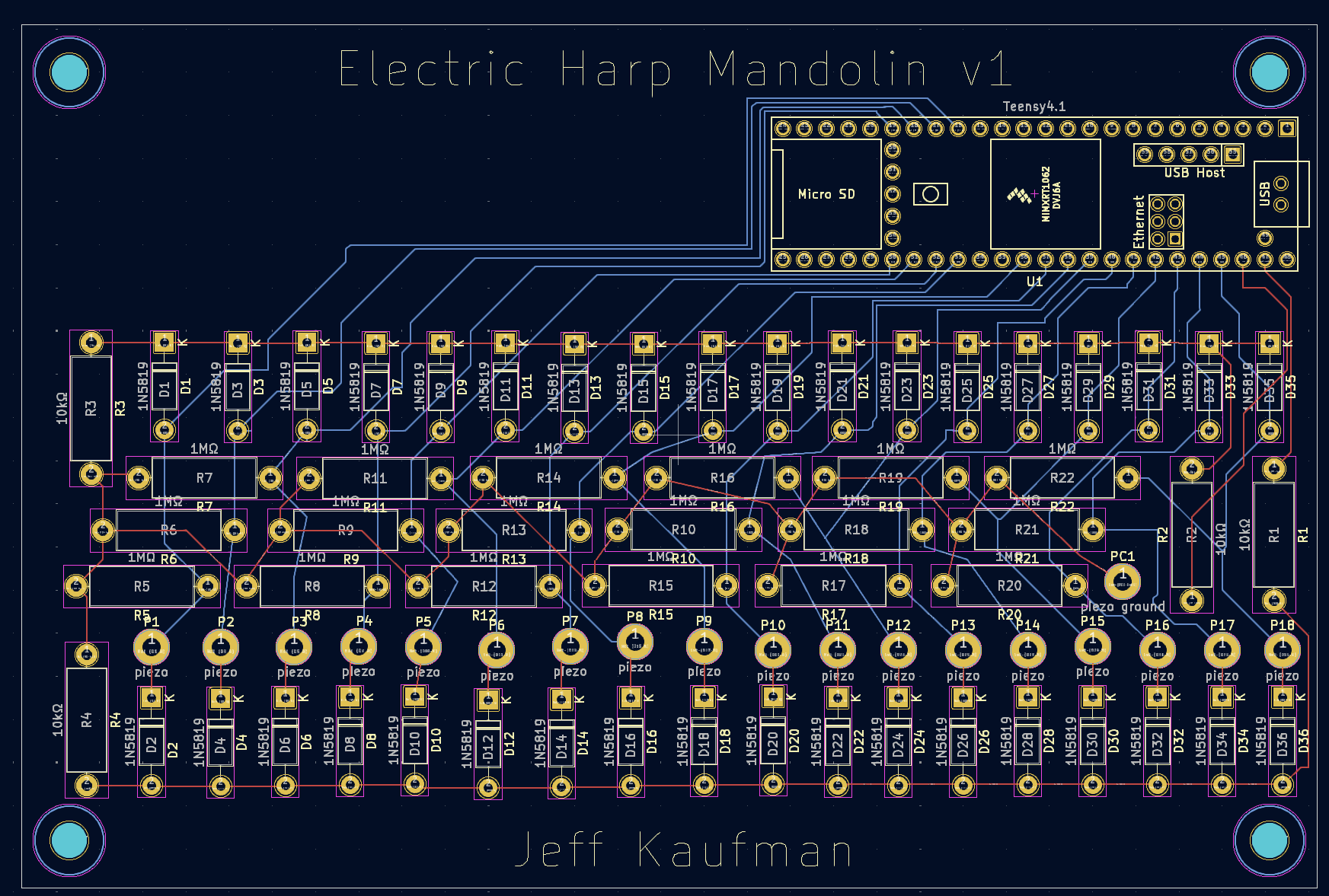Software engineer at the Nucleic Acid Observatory in Boston. Speaking for myself unless I say otherwise.
Posts
Wiki Contributions
Comments
I do think that would be possible, but then I think you'll also get more false triggers. The strong damping is what makes it so I can sensitively detect a pluck on one tine without a strong pluck on one tine also triggering detection of a weak pluck on neighbor tines.
I was thinking that finger muting wouldn't be possible, because the sensors are physically damped and there's no vibration left for your fingers to stop. Except now that you mention it, it might still be possible! It could be that gently placing your finger on one of them has a sufficiently recognizable signal that if it's currently "vibrating" and you do that I could treat that as a mute signal.
I don't think they are pinchy, since they are tight in their resting position?
Whoops! You're right! Will do.
Turns out I forgot to solder the ground and power pins! So they worked, but very poorly.
Combined with switching to shielded cable and swapping the piezo input from +1.65v to ground, it's working well now!

I did decide to redo it for the Teensy 4.1, and I hooked up all 18 inputs:

I also added mounting holes, and a bit of writing.
When you get deeper in you will hit the issue that almost every modern part is smd with no through hole equivalent.
I'm not currently planning to get deeper into this, but we'll see!
Audio science review forums will have domain experts who are much more knowledgeable than I am about this, it's very hard to make "perfect" analog acoustic circuits where any design compromises are no longer audible. But it can be done.
One nice thing about this project is that I'm not trying to capture high-quality audio: I only need it to be good enough to work as a sensor.
Testing with a breadboard the 3.3v digital seems to be good enough, and the noise I'm getting seems to be RF on the piezo lines which is hard to avoid.
Note that if you have a hot air soldering iron and paste it's not difficult to use smd parts of you order the big ones or have a microscope.
I don't, and haven't used one. I suspect it's not worth getting into it for this project?
I silkscreened the actual values not "r1...rn" and the same for capacitance. This makes hand building easier.
My current draft (as pictured here) does both, which is the KiCad default.
I do think it's possible to have low crosstalk with low damping. The problem is that my current design uses the same rubber (sorbothane) pad for both purposes. Possibly this could be two layers, first sorbothane (for isolation) and then something springing (for minimal damping). Or an actual spring?